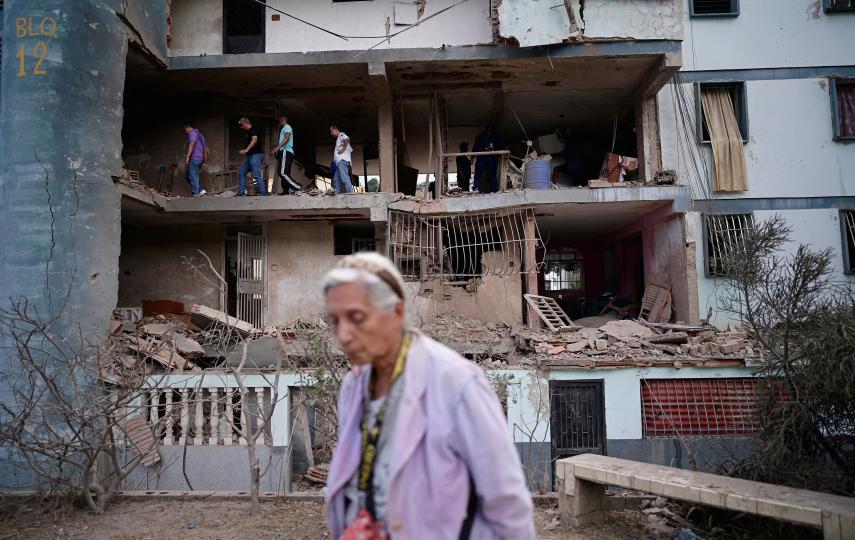Half of the world's population will live in towns by 2008, marking the moment in history when humans became an urban species but posing a major threat to health and the environment, a research organisation warned on Tuesday.
"More than half of all people will live in urban areas, mostly in low-income urban settlements in developing countries - this unplanned and chaotic urbanisation is taking a huge toll on human health and the quality of the environment," said Zoe Chafe, Worldwatch International representative during the launch of its 2007 State of the World report in Nairobi, Kenya.
Titled, "Our Urban Future", the report looks at the ways urbanisation affects human life and the global environment. It was released during the on-going 21st Session of the Governing Council of UN-Habitat.
It noted that close to half of urban dwellers live in "slums" - areas where people cannot secure key necessities such as clean water, toilets or durable sanitation. Around 1.6 million people die in such areas each year due to lack of clean water and sanitation.
"Cities are not only key in achieving sustainable development but also hold solutions in addressing issues like climate change," Rob De Jon, UN Environment Programme, UNEP, Head of Urban Environment said during the launch.
"Cities are the biggest contributors to world environmental threats but also the biggest victims of these threats, hence there is a need to focus on them for potential solutions," he added.
According to the report, most cities have no policies or measures to prevent or address environmental threats, and this is a big setback as cities are either direct or indirect destroyers of the world’s resources.
However, most cities’ problems cannot be addressed in isolation, and residents must be part and parcel of any solutions to make cities better places for human life, said William Corbett, the head of a global coalition of cities and their development partners, Cities Alliance.
"International aid cannot change cities. National and local authorities, together with residents, must take the initiative and leadership role to improve their cities," Corbett added, saying slums were a manifestation of poor policies.
The Nairobi model
Meanwhile, the absence of a strategic plan for Kenya's capital city, Nairobi, has contributed greatly to unplanned informal settlements, along with the problems of insufficient sanitation, pollution and poor solid waste disposal.
A report by Nairobi City Council, UNEP, and UN-Habitat provides the first comprehensive snapshot of the state of the city at the turn of the century.
"Nairobi has no comprehensive physical development plan or environmental policies, and the Outlook Report will go a long way in helping come up with policies addressing waste management, pollution, and human settlement," said Nairobi Mayor Dick Waithika.
According to the report, there are three million people living in Nairobi, putting increasing pressure on land resources. Almost half of the residents live below the poverty line, and only 42 percent of households have proper water connections.
 Photo: Julius Mwelu/IRIN  |
| The opening of the 21st session of the Governing Council of UN-Habitat |
The report underlines 20 central elements to be covered, ranging from re-use of water for urban farmers; to land issues and laws; and jobs and education - all in a bid to stem migration to urban areas.
The Council meeting is taking place in Nairobi under the theme: "Sustainable Urbanisation: Local Action for Urban Poverty Reduction", with focuses on finance and planning. It runs until 20 April.
lo/jm
This article was produced by IRIN News while it was part of the United Nations Office for the Coordination of Humanitarian Affairs. Please send queries on copyright or liability to the UN. For more information: https://shop.un.org/rights-permissions




